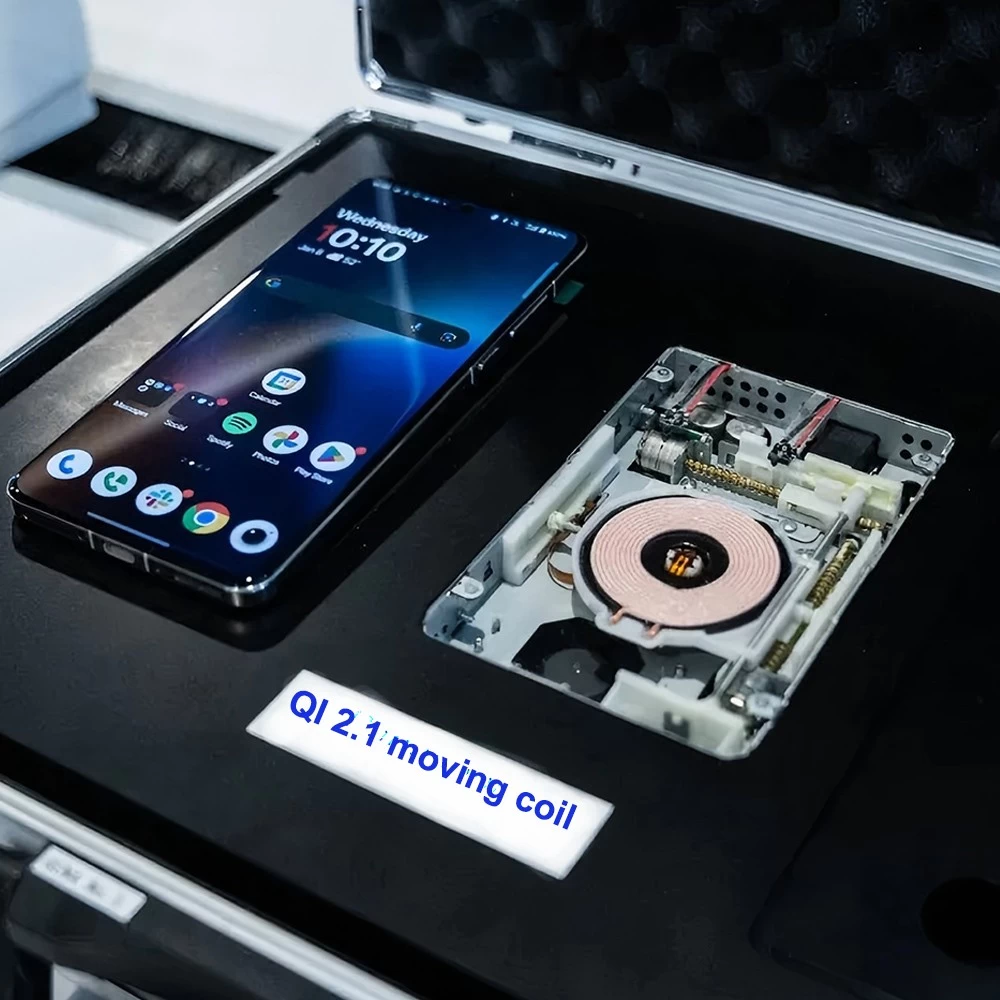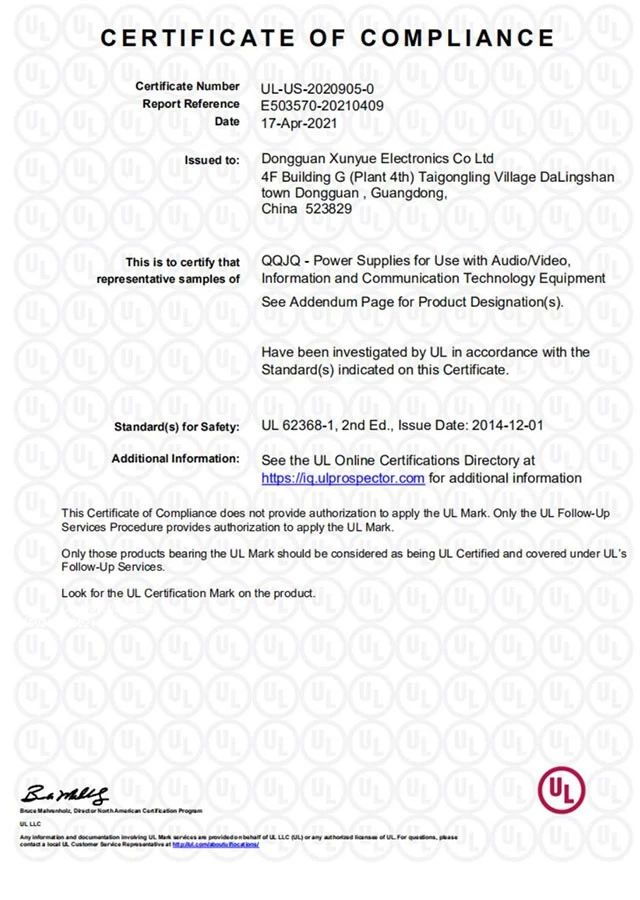Huagon, we are ready for QI2
Qi protocol, as a WPC technology for smartphones and other smart portable mobile devices, is currently one of the mainstream wireless fast charging technologies. Qi is an open general standard, which can be used with any Qi device, so consumers do not need to use a separate charger, cable and adapter, and can safely and easily charge wirelessly in homes, offices, stations, hotels and other places. Products using Qi technology must undergo rigorous testing to ensure safety, interoperability, and energy efficiency. The Qi 1.3.3 protocol currently in widespread use can support a maximum charging power of 15W.
Charging protocols always iterate and update with the development of technology, and the Qi protocol, as a wireless charging standard, is also the same. Since the release of Qi 1.0 in October 2010, the protocols have successively released Qi 1.2.4 and Qi 1.3.3, and now in 2023, Qi 2.0 is about to be released.
Shenzhen Huagon Technology Co., Ltd. was established in 2013, specializing in the development and customization of wireless charging solutions. We have a professional solution design team, a fully equipped SMT dust-free production workshop, a skilled production and assembly department, a comprehensive stable supply chain, and a sales and after-sales service team that cooperates well. We strive to provide every customer with a one-stop worry free service. Choose Huagon to help you take off.


 Qi2 can be said to be an upgraded version of Qi. After Qi was upgraded, a brand new Qi logo was used. The main focus is to join the MPP (Magnetic Power Profile) protocol and incorporate MPP as a technical branch under Qi2. In addition, all authentication specifications must integrate authentication verification. For manufacturers, there is no longer a need to comply with the 'emission coil reference type'. Prior to this, WPC had a reference coil library where manufacturers needed to select the coils. Moreover, there is no need to report the PTx coil reference type during the certification process, which brings great convenience to manufacturers and improves the freedom of product design.
Qi2 can be said to be an upgraded version of Qi. After Qi was upgraded, a brand new Qi logo was used. The main focus is to join the MPP (Magnetic Power Profile) protocol and incorporate MPP as a technical branch under Qi2. In addition, all authentication specifications must integrate authentication verification. For manufacturers, there is no longer a need to comply with the 'emission coil reference type'. Prior to this, WPC had a reference coil library where manufacturers needed to select the coils. Moreover, there is no need to report the PTx coil reference type during the certification process, which brings great convenience to manufacturers and improves the freedom of product design.



Qi2 Technology Update
Currently, Qi2 covers two technologies (PTx), EPP and MPP, and BPP is no longer included separately. Both EPP and MPP require identity authentication. Similar to the original intention of Qi1.3.3, WPC wants to further promote the popularization of fast charging terminal rates. However, Qi1.3.3 has not completed this mission, so it has now transferred the mission to the Qi2.0 protocol. In order to further popularize medium and high power charging, Qi2.0 no longer includes a separate BPP charging protocol, but it can be Backward compatibility with the BPP protocol.
Shenzhen Huagon technology majors in wireless charging customization for more than 10 years, we are professional China wireless chargers suppliers and China wireless chargers manufactures. As China shenzhen wireless chargers wholesalers, we have designing team, SMT factory, and production factory, which makes us prominent wireless chargers manufactures.

Qi MPP certification
The main difference between MPP, BPP, and EPP lies in their new features compared to previous protocols. The summary is as follows:
1. New 360kHz operating frequency (previously between 110kHz and 205kHz)
2. New communication solution, adding 55 types of data packets on top of the original foundation (Qi1.3)
3. Extended Authentication Scheme
4. Open air Q value test (foreign object detection before power transmission)
5. K-value measurement (a new variable used to express coupling coefficients)
6. Clocking (a new mechanism for insensitive power transmission pause and recovery at the receiving end)
7. Role swap (reverse charging)
The arrival of new technologies is both an opportunity and a challenge for us. In the process of technological exploration and adaptation, Huagon is ready and fully prepared. We have already prepared for product certification for QI2 and MPP. We look forward to the full launch of Qi2 protocol certification work, which can bring more changes to wireless fast charging terminals and better serve and meet the needs of our customers.


















